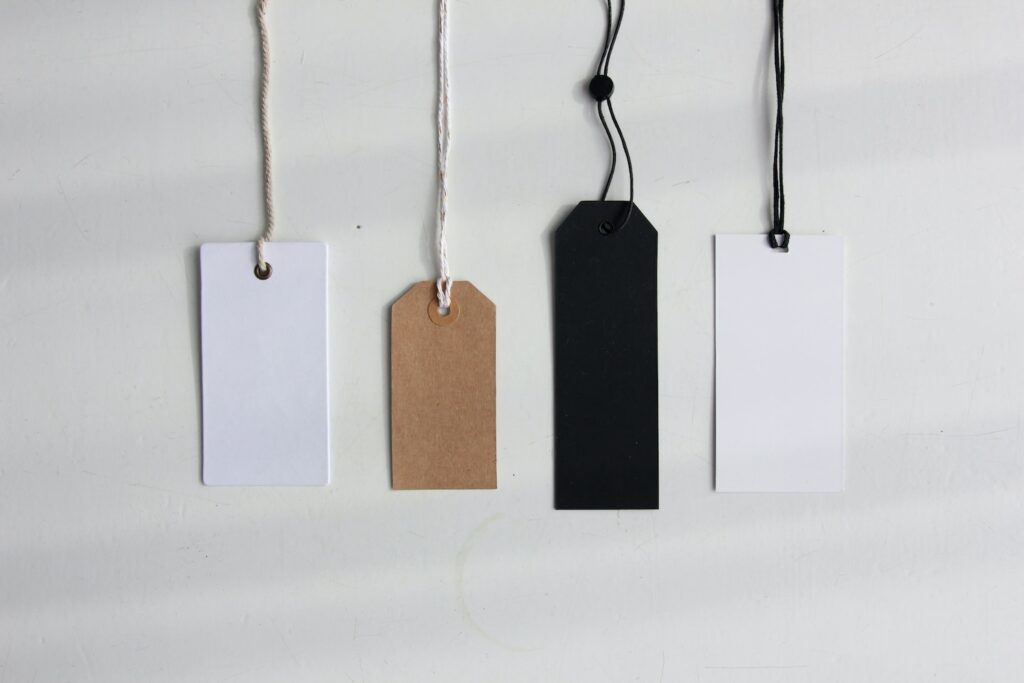Pricing Experiments: How to Find the Right Model for Your B2B SaaS

In the competitive world of B2B SaaS, pricing is one of the factors that determines success. Growth in the industry means that customers now have more options than before and can take their time to pick a product that gives them value for their money.
It’s no longer enough to have a great product, you must also price it strategically to earn the trust and attention of your target users.
To help you find the right model for your B2B SaaS, this article explores strategies for determining the right price and highlights the popular pricing models you can consider for your B2B SaaS.
How to Determine the Right Price for B2B SAAS
The price you set for your B2B SaaS is a decision that will impact the success of your business.
In the same way that you work with SmallBusinessHQ to register your B2B SaaS using an appropriate Incfile alternative, it’s equally important to invest the time and effort to craft a pricing strategy that resonates with your target audience.
Use the strategies below to determine the right pricing model for your product:
- Customer research: Talk to your customers to know how much they are willing to pay for the features your product delivers. Conduct market research to understand their pain points and the solutions they are willing to pay for.
- Identify your unique selling point (USP): Define what sets your product apart from the competition and set a price that aligns with the value that your B2B SaaS delivers.
- Competitor analysis: Study how your competitors have priced their products. Find weaknesses in their pricing strategy and use that to differentiate your offering.
- A/B testing: Try different price points and models with a small group of your users to know what works best. Keep testing and revising your pricing strategy until you find a model that will help you grow your business exponentially.
B2B SaaS Pricing Models
Let’s now go over the popular B2B SaaS pricing models to help you understand how each one of them operates.
1. Tiered Pricing Model
This pricing model offers customers various pricing tiers starting with basic plans with limited features to premium packages with advanced capabilities.
The tiered pricing model allows you to serve different clients with different needs effectively. To simplify your billing schedules, you can use a right subscription billing software such as Younium to ensure customers make automatic payments for the services they’ve signed up for.
Monday CRM is a good example of a B2B SaaS with a tiered pricing model. They currently have four pricing plans, Basic, Standard, Pro, and Enterprise with custom pricing.
2. Freemium Pricing Model
B2B SaaS products with a freemium model offer the basic features for free but users can upgrade to a premium plan to access advanced features.
This pricing model has become popular lately since brands recognise the value of attracting customers with the free version and enticing them to upgrade to access more features and capabilities.
According to Attrock, invest in a quality subscription management software to streamline the upgrade process and manage your subscriptions effectively. You can choose right software that fit for this pricing model.
Slack is one of the standout B2B SaaS tools with a freemium model.
3. Per User Pricing Model
The pay-per-user pricing model charges clients based on the number of people using the platform. The price quoted by the B2B SaaS is usually the cost of one seat on the platform and clients will have to multiply this cost by the number of users they wish to grant access.
Salesforce currently uses this pricing model where they charge for each user of their enterprise CRM.
4. Feature-based Pricing Model
The other pricing model worth considering is the feature-based pricing model. This model allows clients to choose and pay only for the features they need.
The feature-based pricing model is a popular choice with B2B SaaS clients who know what features they need to improve productivity. Such clients can only pay for what they need at the moment and will only consider other features when the need arises.
Zoom is one of the popular tools with a feature-based pricing model. Besides the standard plans, customers can buy specific add-ons to tailor their experience to their requirements.
Conclusion
The pricing model you choose for your B2B SaaS is one of the factors that will determine if your product succeeds or not. This is because the price you set determines if customers will pay for your B2B SaaS or not.
As you determine the right pricing model, conduct extensive market research, define your USP, and analyze the competition to find what works for you. Lastly, constantly monitor and adjust your pricing model to remain competitive and drive growth.
Featured image by Angèle Kamp on Unsplash